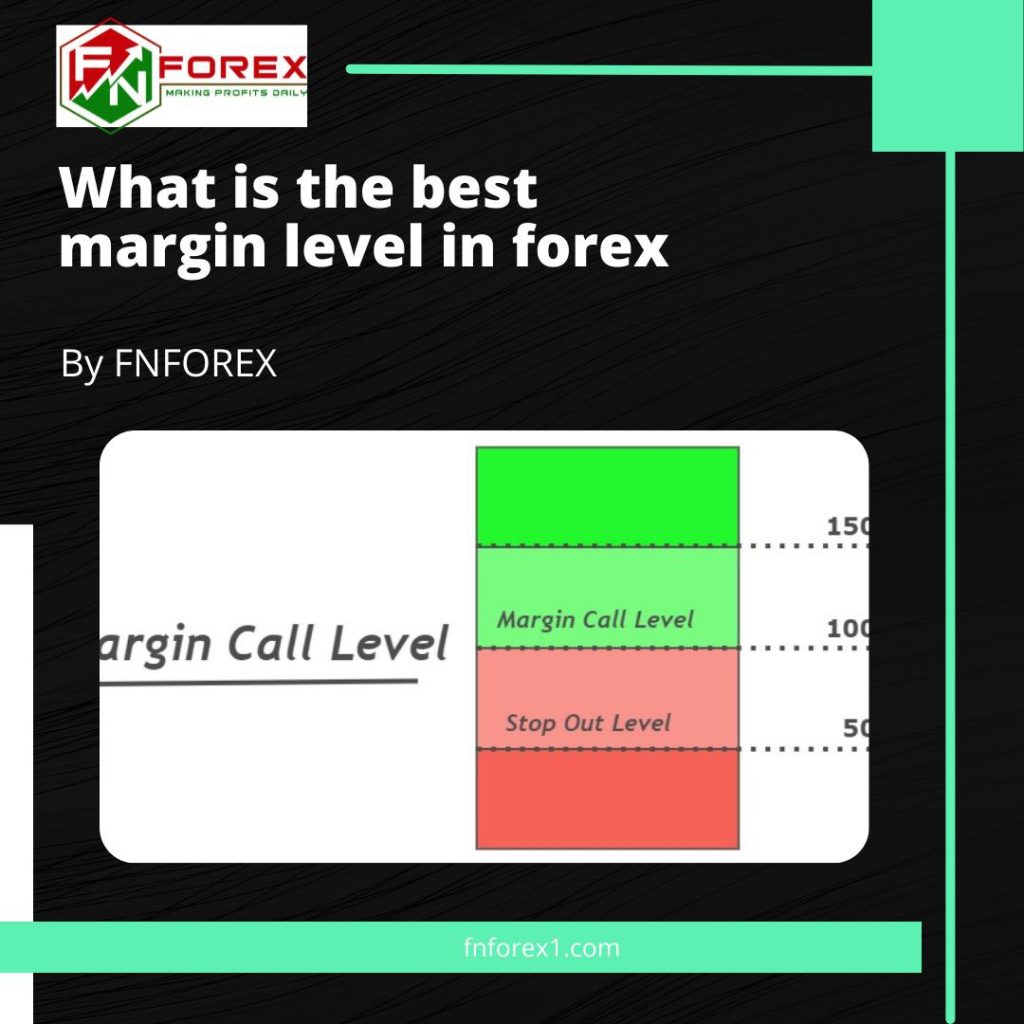what is the best margin level in forex?

Image Source: Pexels
A forex trader’s profit is directly linked to the margin level of their account. Even if you have a strategy that is almost guaranteed to win, unless you have the right amount of capital and margin, there’s no way for you to realize your profits. This is calculated by looking at the standard deviation of daily price changes over a set period, such as one year or one month. As we will see further in this article, other factors besides volatility can also impact how much leverage you can have when trading a specific currency pair, Margin levil.
Why is Forex Margin Level Important?
Before we go any further, let’s try to understand why margin level is so important in forex. Traders with large amounts of capital can afford to take greater risks, and therefore, they can trade highly volatile currency pairs. Traders with small amounts of capital, on the other hand, need to trade less volatile currency pairs because otherwise, one false move in the market will wipe out their account and leave them with nothing. The amount of collateral you need to trade a certain currency pair depends on its market volatility. This is calculated by looking at the standard deviation of daily price changes over a set period such as one year or one month. As we will see further in this article, other factors besides volatility can also impact how much leverage you can have when trading a specific currency pair.
How to Calculate Forex Margin Requirements?
The maintenance margin is the amount of funds you need to deposit when the value of your account falls below the initial margin level.
Let’s look at an example. We will use the EUR/USD currency pair with an initial margin of 2% and a maintenance margin of 40% as an example. Let’s say that you want to buy 10,000 EUR with a leverage level of 2:1. The value of your account will be 10,000 EUR. You need to deposit 2% of the total amount, i.e. 200 EUR. If the value of your account later falls to 9,800 EUR, your maintenance margin will be 40% of 9,800 EUR, which is 3,280 EUR. You will then need to deposit this amount to maintain your account in a collateralized state.
Standard Calculation for Existing Pairs
When calculating margin requirements for existing currency pairs, the standard deviation of the previous month’s price changes is used. Let’s go back to our example with the EUR/USD. The standard deviation of price changes in March 2019 was 13.03, which means that the daily price changes varied between -13 and +13.03. The margin requirement for the EUR/USD will be 2% plus the standard deviation, i.e. 2% + 13.03, which equals 15.03%. This means that the minimum amount of collateral you need to hold in your account is 15.03% of the total value of your EUR/USD trade. The EUR/USD is a mature currency pair, so it doesn’t experience much volatility.
Standard Calculation for New Pairs
New currency pairs that have been in existence for less than a year will have a standard deviation of 100%. Let’s go back to our example with the EUR/USD. The standard deviation of price changes in March 2019 was 13.03, which means that the daily price changes varied between -13 and +13.03. The margin requirement for the EUR/NZD will be 100%. This means that the minimum amount of collateral you need to hold in your account is 100% of the total value of your EUR trade.
Let’s say that you want to sell EUR at a price of 1.2500 for NZD. The amount of money you need to hold in your account will be 100% of 1,250.00, i.e. 1,250.00 EUR. You will then be able to sell EUR for a price of 1.2500 for NZD with a 2:1 leverage. The margin requirement for new currency pairs can vary slightly, but it will always be above 100%
If you don’t understand the concept I recommend you get a mentor. FNFOREX MENTORSHIP IS ALWAYS OPEN FOR NEWBIES
Other Factors that Affect Margin Levels
While the above factors are the most common ones that affect margin levels, there are other factors that may also influence them. For example, the amount of trading done in a currency pair in a given time frame will also affect margin requirements. The higher the trading volume, the higher the margin required. Another factor that can affect margin requirements is the market volatility on the opposite side of your trade.
Let’s say that you want to buy EUR with a leverage level of 2:1. The EUR/USD is currently trading at 1.1900 for USD. The EUR/USD is a mature currency pair, so the standard deviation of its price changes is 2%. If the S&P 500 index suddenly sees a 20% drop in a day, the volatility of the USD will suddenly increase to 40%. The EUR/USD will also experience an increase in its price fluctuations. The margin requirement for your EUR/USD trade will now be 4% instead of 2%. The margin requirements for EUR/USD and EUR/NZD will be 100% and 4%, respectively.
What is a Good Forex Margin Level?
There is no one margin level that can be defined as being a good margin level. The amount of capital you have in your account has a direct correlation to your profit or loss, which means that you can’t determine a good margin level. The only person who can determine if a margin level is good or not is you. You should always strive to increase your equity level as much as possible. The higher your account equity is, the more trading will be available to you and the more profit you will be able to make from your account. The only way to increase your equity is to reduce your margin level. The easiest way to do this is by trading with a longer timeframe.
How to Find the Best Forex Margin Level?
Now that we know what a good margin level is, we need to find out how to find the best margin level. Finding the right margin level is a very tricky and subjective process. Even though there is no right margin level that can be defined, there are certain indicators and ratios that can help you to find the best margin level for your account. Let’s take a look at some of them. The first thing you need to do when trying to determine the best margin level is to look at your equity level. The equity level of your account is the amount of money that is left in your account after you have closed all your positions. The equity level of your account is determined by subtracting the total value of your open positions from the total amount of money in your account.
Conclusion
Ultimately, finding the best margin level for your account is about finding the balance between risk and reward. The lower your margin level is, the less you can profit from a trade. The higher your margin level is, the more money you can use to trade with and, therefore, the more profit you can make. Finding the right balance between the two is the key to successful trading.
Learn What is Low Spread in Forex Trading? and Best Forex Market Hours in the UK?

